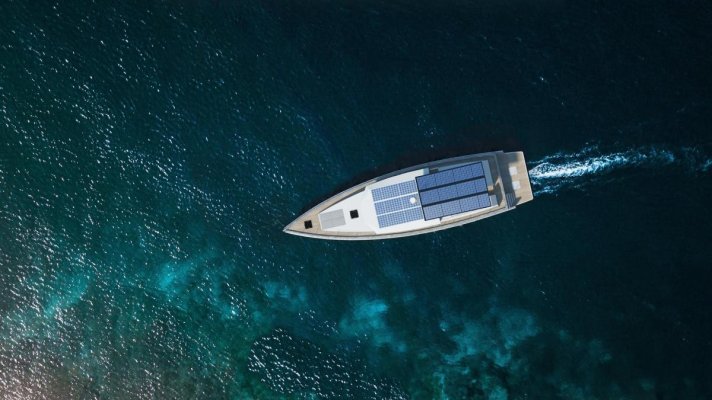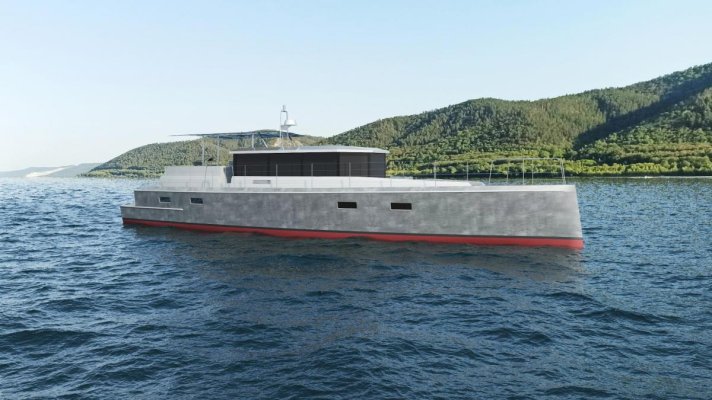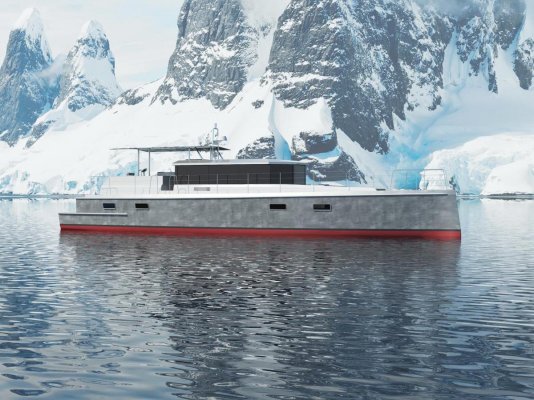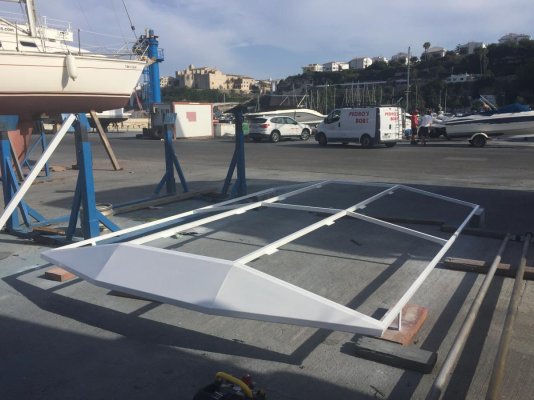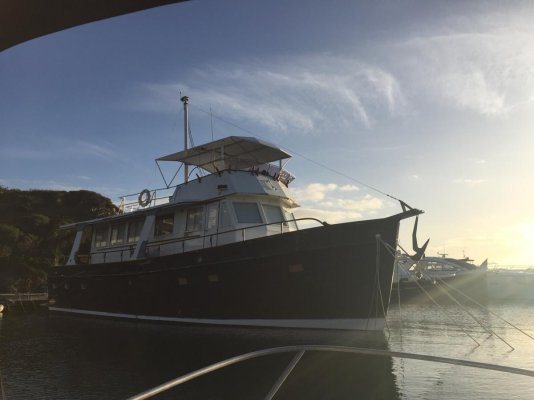twistedtree
Guru
A boat that's powered to its top speed will see an equal number of engine hp and prop hp. Anything lower will see (usually huge) differences between the number of hp the engine puts out, and the (much lower) hp the prop puts in the water.
When you say "engine hp" am I correct that you mean the max engine hp? Because of course at all times the HP coming out of the engine equals the HP the prop puts into the water, ignoring drive line losses.
If you cruise at - say - 1800 rpm, instead of at the max 2,500 rpm, you can prop to optimize (equalize) for 1800 rpm. In such a way that - at that rpm - the prop performs best and has an equal engine hp and prop hp number.
Let me state this a bit differently, and tell me if it's still what you are saying. You are comparing to an engine propped conventionally where it just makes max HP & max power output. Then assume that propped like that the boat's 10 kt cruise RPM is 2500, and power output is something less that the rated max of the engine. Now re-prop so you load the engine to the same HP at 1800 rpm instead of 2500 rpm. It's producing the same HP so the boat goes the same speed. You have a lower shaft speed, so need more pitch and/or more diameter.
Given prop losses at lower rpm can easily be 30%, potentially a 30% efficiency gain could be accomplished.
Regards, Edwin.
I'm confused by this. If you as saying what I think you are saying, the prop sill be turning slower, not faster. But at the same time, I think slower is better for efficiency, or at least that's what I have always read. Bigger diameter and slower turning are best for efficiency. So somehow I'm not following here.

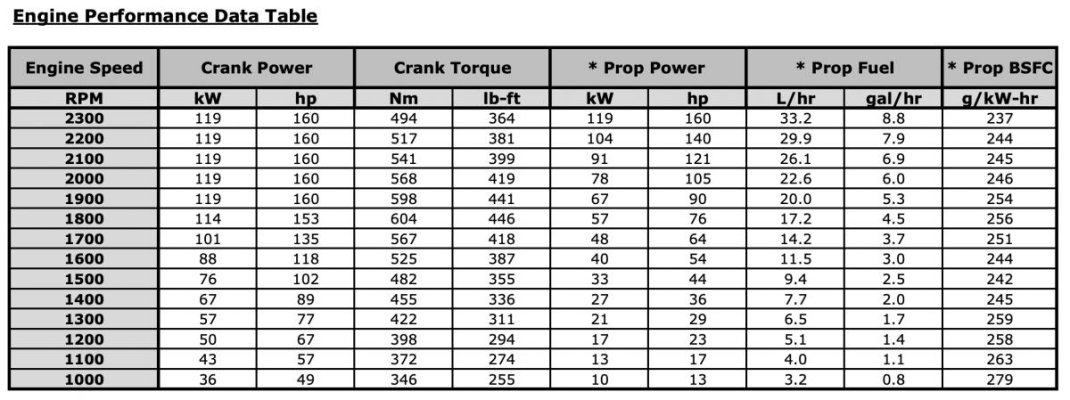

 but getting parts and tools was a time consuming effort.
but getting parts and tools was a time consuming effort.
